Lease Guaranties: Understanding Their Role and Key Considerations in Commercial Real Estate Leases
A lease guaranty involves a third party, known as the guarantor, committing to fulfill the tenant’s obligations under the lease if the tenant defaults. Guaranties help provide credit support for tenants that may not otherwise have the financial wherewithal on their own to make a landlord comfortable that the tenant has the ability to meet its obligations under a lease.
Why Landlords Require Lease Guaranties
Landlords often require lease guaranties for several reasons:
1. Credit Support: If a tenant has a limited operating history, lacks substantial assets, or is a newly formed entity, a landlord may seek a guaranty from a more financially stable party to provide assurance that the rent and other obligations under the lease will be paid. Lease guaranties are one of the most common forms of credit support required by commercial landlords, other common forms include letters of credit and security deposits.
3. Facilitation of Lease Negotiations: Offering a guaranty can help tenants negotiate more favorable lease terms. This is particularly important where a landlord is required to invest a significant sum of money into a new tenancy, often in the form of an expensive build out, brokerage and legal fees.
Considerations for Lease Guaranties
When negotiating a lease guaranty, there are several considerations to keep in mind, including the following:
1. Scope of the Guaranty
The scope of a lease guaranty outlines the extent of the guarantor’s responsibilities. This can include:
– Full Guaranty: The guarantor is responsible for all tenant obligations under the lease, including rent, maintenance, and potential damages, this is the most common form of a guaranty.
– Limited Guaranty: The guarantor’s liability is restricted to specific obligations, such as only covering rent, or is limited by a cap on the amount or duration. Some guarantors and tenants are able to negotiate for a cap on liability that decreases over the term of the lease.
– Conditional Guaranty: The guarantor’s obligations may be contingent on specific events, such as the tenant’s bankruptcy or insolvency. This is less common, but may be used to address a specific fact pattern relevant to a specific deal.
2. Financial Reporting and Covenants
To maintain confidence in the guarantor’s ability to fulfill their obligations, landlords may require ongoing financial reporting and adherence to specific net worth covenants.
Considerations:
– Financial Disclosure: The lease guaranty agreement may require the guarantor to periodically provide financial statements or other indicators of financial health, enabling the landlord to monitor the guarantor’s ability to meet their obligations. Guarantors should ensure that the financial materials they are obligated to provide under the lease are consistent with reports they will have generated in the ordinary course of business or are otherwise willing to provide.
– Covenants: These may include maintaining a minimum net worth, ensuring liquidity, or adhering to other financial metrics. Such covenants can provide early warning signs if the guarantor’s financial situation changes.
3. Release of the Guarantor upon Lease Assignment
A critical aspect of a lease guaranty is determining what happens to the guarantor’s obligations if the lease is assigned to a new tenant. Lease assignments may occur during business sales, restructurings, or other transactions.
Considerations:
– Continuing Liability: In most instances, the guarantor will remain liable even after an assignment unless the lease explicitly releases them. Landlords often favor this approach as it provides continued security.
– Release upon Assignment: Alternatively, the lease or guaranty agreement may specify that the guarantor is released upon assignment of the lease by the tenant, contingent upon certain conditions, such as the assignee’s creditworthiness or the provision of a replacement guarantor. This release is often a key negotiation point as it affects the guarantor’s long-term obligations.
4. Capping Liability and “Burn-Off” Provisions
An additional consideration is whether to limit the guarantor’s liability or allow the guaranty to “burn off” after a certain period.
Considerations:
– Capping Liability: Parties may agree to cap the guarantor’s liability at a specific amount or percentage of the lease obligations. This cap can provide a defined limit to the guarantor’s exposure, making the arrangement more palatable for the guarantor. The cap may be fixed during the term of the lease or it may adjust at certain intervals to decrease the guarantor’s liability over the term of the lease.
– Burn-Off Provisions: A “burn-off” provision allows the guarantor’s liability to diminish over time, potentially releasing the guarantor from liability after a set period or upon the tenant meeting certain conditions, such as timely payment of rent for a specified duration. This can provide an incentive for tenants to perform under the lease.
5. State-Specific Waivers of Guarantor Rights
Incorporating state-specific waivers of rights that a guarantor may otherwise have under applicable state law is important to protect a landlord in a well-drafted guaranty.
– Waiver of Defenses: Some states provide guarantors with certain defenses that can limit their liability, such as the right to assert the tenant’s defenses or to require the landlord to first pursue remedies against the tenant. Including a waiver of these defenses in the guaranty can ensure the landlord’s ability to successfully pursue a claim against a guarantor even if these defenses would otherwise be available to the guarantor under state law.
– Notice and Cure Periods: State laws may also mandate specific notice and cure periods before a landlord can take action against a guarantor. A well-drafted guaranty should explicitly address and, where permissible, waive these requirements to avoid delays in enforcement.
– Anti-Deficiency and Other Statutory Protections: Some states have anti-deficiency statutes or other protections that limit a guarantor’s liability after a foreclosure or lease termination. Including waivers of these protections in the guaranty can provide the landlord with a more straightforward path to recovery.
Conclusion
Lease guaranties are a useful mechanism in commercial real estate. For landlords, lease guaranties help manage the risk associated with tenant default. For tenants, offering a guaranty can facilitate negotiations and improve lease terms. Consulting with legal counsel experienced in commercial real estate can help ensure that lease guaranty provisions are properly drafted and aligned with the interests of all parties. By thoroughly addressing these considerations, landlords, tenants, and guarantors can establish a clear and secure leasing relationship.



